GardenersHelper
In Memoriam
- Messages
- 6,344
- Name
- Nick
- Edit My Images
- Yes
For almost two years I have been experimenting with full frame setups for photographing insects, spiders and other invertebrates. These setups have all used macro lenses and most also used a pair of teleconverters. Prior to that, for over a decade, I used close-up lenses, mostly a Raynox 150 but various others from time to time. I used these close-up lenses on telezoom lenses, a 55-250mm on APS-C and a 45-175mm on MFT, but most often on small sensor fixed lens superzoom bridge cameras like the Panasonic FZ200 and FZ330.
I have recently been looking through full frame invertebrate images from last year and reprocessing some of them, with a view to using a handful of them to update one of my blogs in which, very infrequently, I summarise what I have been doing on my photographic journey. As I was working through these images it struck me that a lot of them didn't look very different different from what I had produced with close-up lenses. This was not entirely surprising, given that I use very small apertures in order to get a relatively large depth of field, with the downside being considerable loss of detail from diffraction whatever camera I use. Several years ago I came to the conclusion that I couldn't see any significant difference between the close-up lens images I had produced with 1/2.3", MFT and APS-C cameras, so it wasn't a shock to me that a lot of the full frame images looked similar to the earlier images.
I wanted to check that I wasn't misremembering what the close-up lens setups could deliver so I looked through my archive, starting with 2015. I quickly realised that I didn't like the way some of the images had been processed so I picked some that appealed to me and reprocessed them. Several thoughts came to mind as I went through this little exercise.
Anyway, I ended up with some reprocessed small sensor images from 2015. Here are some of them. They all used a Panasonic FZ200 1/2.3" sensor bridge camera. I don't recall what flash setup I was using at that time. They were shot as raw and for the reprocessing I used DXO PhotoLab, Adobe Lightroom and Topaz DeNoise AI.
#1
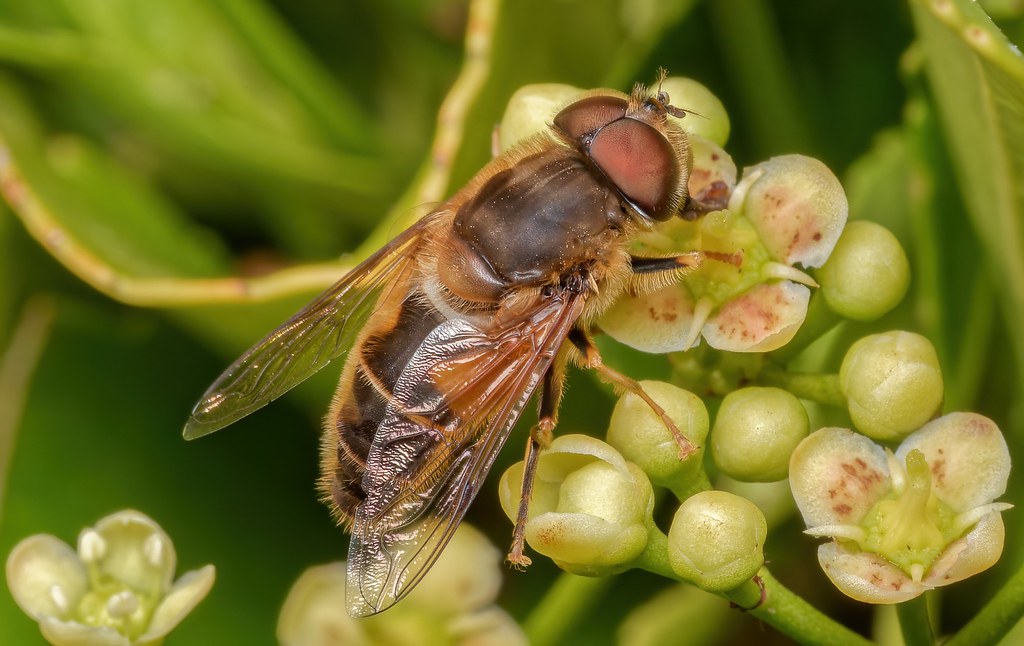
0053 Reworked 1151 P1010789_PLab5 LR 1300h DNAI (2) by gardenersassistant, on Flickr
#2
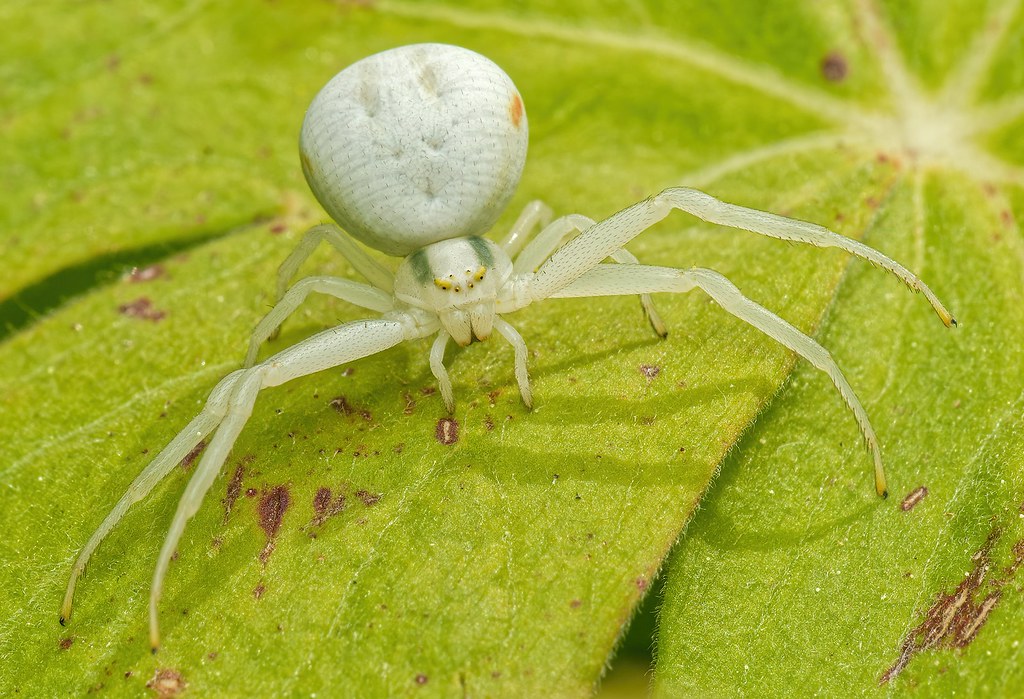
0072 Reworked 1096 P1850418_PLab5 LR 1300h DNAIc by gardenersassistant, on Flickr
#3
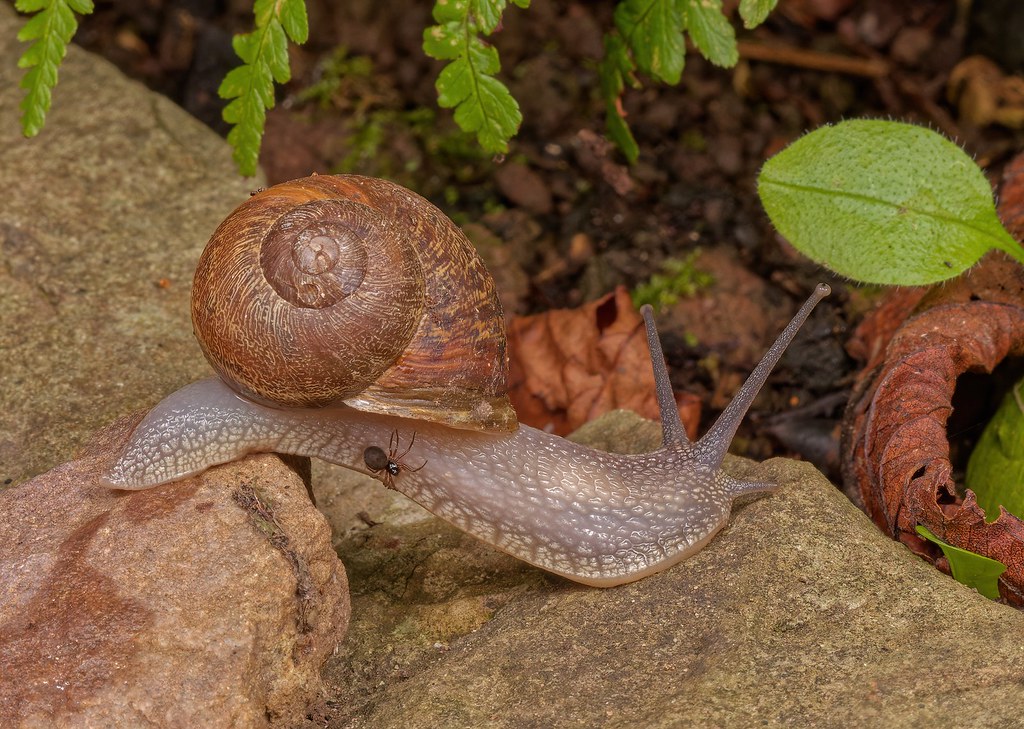
0080 Reworked 1154 P1130491_PLab5 LR 1300h DNAIc by gardenersassistant, on Flickr
#4
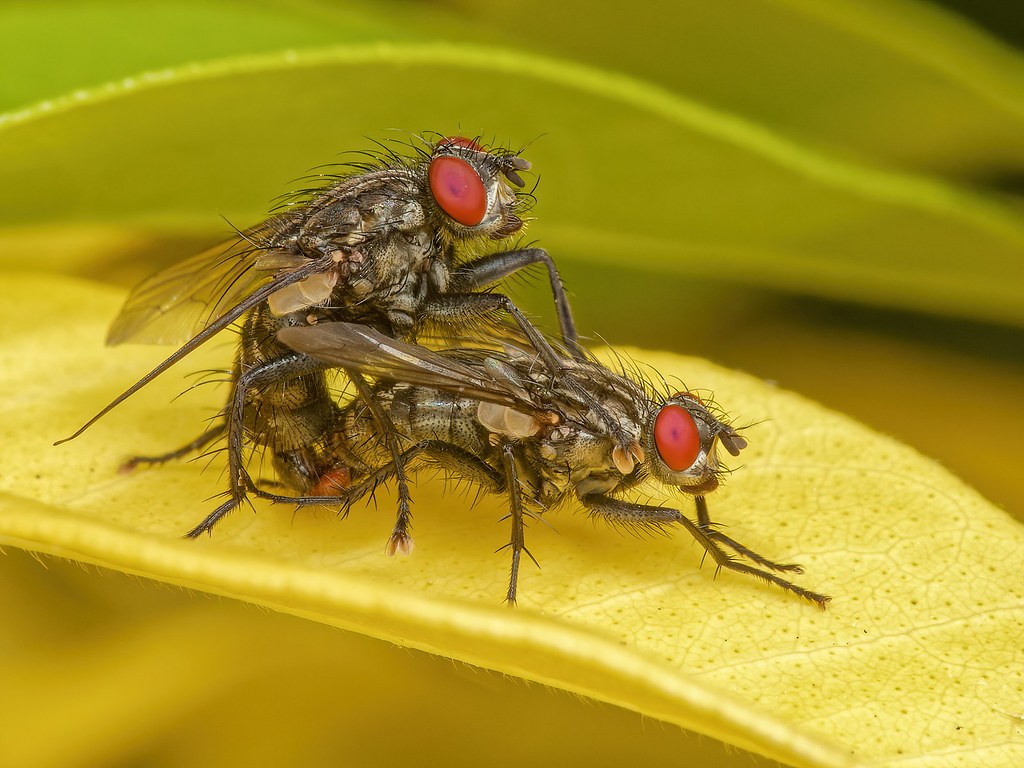
0069 Reworked 1095 P1830965_PLab5 LR 1300h DNAIc by gardenersassistant, on Flickr
#5
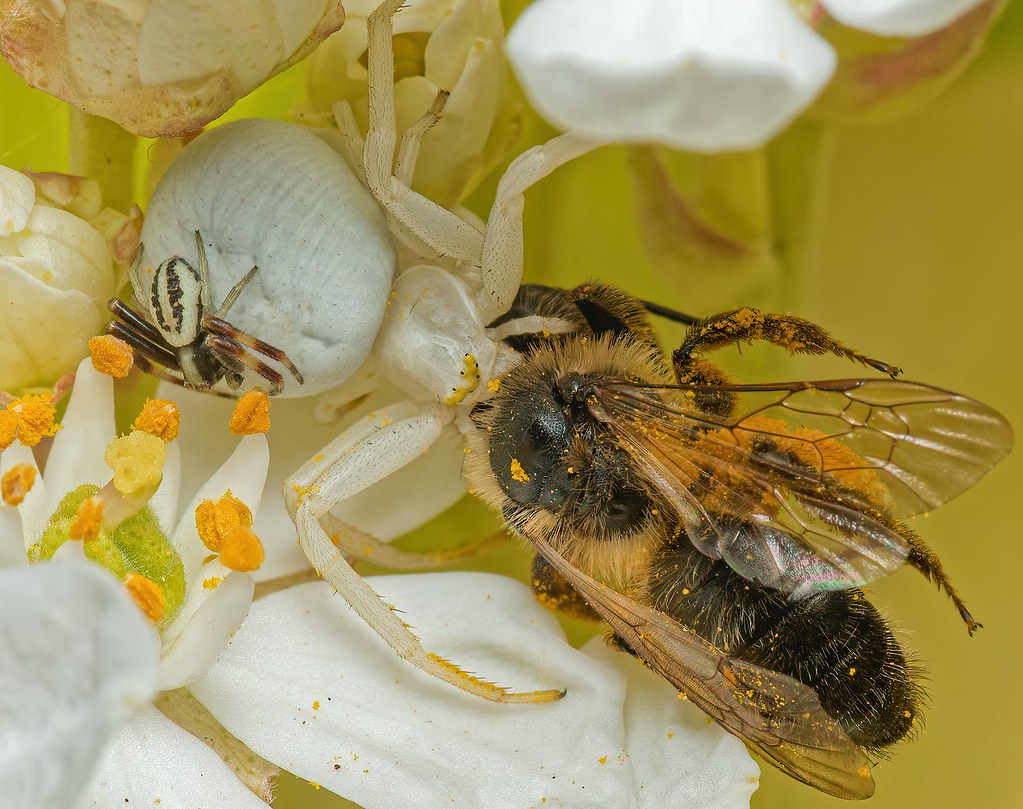
0076 Reworked 1088 P1710128_PLab5 LR 1300h DNAIc by gardenersassistant, on Flickr
#6
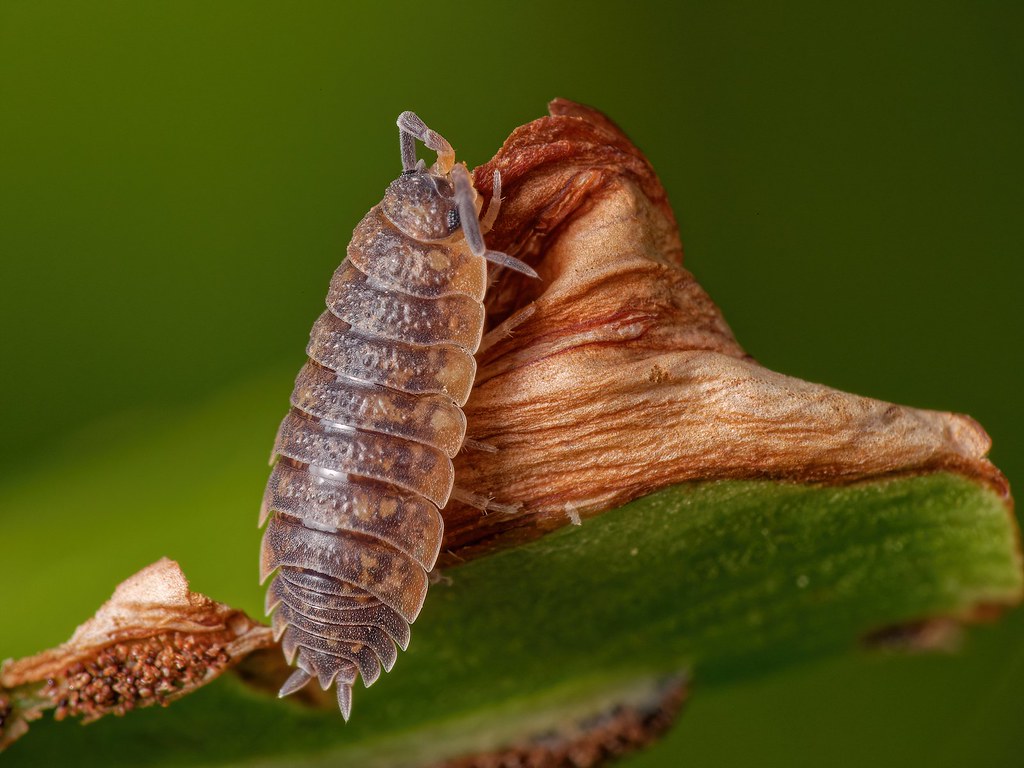
0077 Reworked 0773 P1110520_PLab5 LR 1300h DNAIc by gardenersassistant, on Flickr
#7

0078 Reworkded 0782 P1120171_PLab5 LR 1300h DNAIc by gardenersassistant, on Flickr
#8
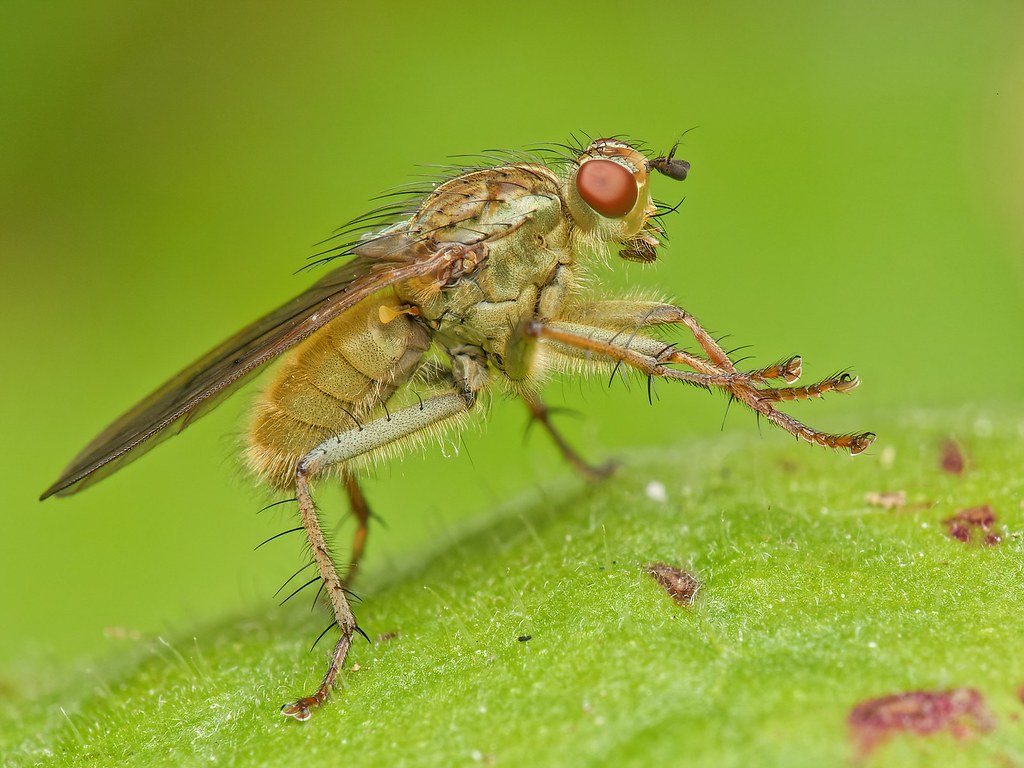
0073 Reworked 1097 P1860397_PLab5 LR 1300h DNAIc by gardenersassistant, on Flickr
I have recently been looking through full frame invertebrate images from last year and reprocessing some of them, with a view to using a handful of them to update one of my blogs in which, very infrequently, I summarise what I have been doing on my photographic journey. As I was working through these images it struck me that a lot of them didn't look very different different from what I had produced with close-up lenses. This was not entirely surprising, given that I use very small apertures in order to get a relatively large depth of field, with the downside being considerable loss of detail from diffraction whatever camera I use. Several years ago I came to the conclusion that I couldn't see any significant difference between the close-up lens images I had produced with 1/2.3", MFT and APS-C cameras, so it wasn't a shock to me that a lot of the full frame images looked similar to the earlier images.
I wanted to check that I wasn't misremembering what the close-up lens setups could deliver so I looked through my archive, starting with 2015. I quickly realised that I didn't like the way some of the images had been processed so I picked some that appealed to me and reprocessed them. Several thoughts came to mind as I went through this little exercise.
- As I looked at these images from seven years ago I came to the depressing realisation that although our garden is much the same now as it was then, I no longer see a lot of the creatures I saw and photographed then, and some of the ones I do still see seem to be significantly fewer in number.
- The exercise reminded me that, for the type of invertebrate images I create, only rather modest equipment is needed, with issues such as lens sharpness, sensor size and sensor pixel count being of little concern. Much more important are issues of scene illumination (flash diffusion, reflection, positioning, recycle times etc), and post processing. That is not to say that, in general, equipment doesn't matter. It is a spectrum from "doesn't matter much" all the way out to use cases where the exact equipment used is a key factor. That is for example very much the case for my flower photography, where as far as I'm aware only one brand of camera provides what I need, and from that brand perhaps only three models, and possibly only one. So very particular equipment can sometimes be needed. (User OneOfOne25 at dpreview.com has given a good example of this here regarding the kit he uses for his high magnification camera-driven focus bracketing.)
- The exercise might appear to raise the question of why would I bother to use the heavy, awkward to use full frame setup if I can get much the same results with a setup which is smaller, lighter and easier to handle (for example one that lets me use autofocus, which would be easier on my eyes). At least while I still have the strength to handle it, I will be sticking with the full frame setup for two reasons. First, the full frame setup lets me get much better results for small subjects like springtails. And second, the full frame setup lets me move without disruption between small subjects like springtails right through to mammals and birds (a pheasant on one occasion), getting from one extreme to the other by turning the magnification/focus ring only around 120 degrees. This flexibility also lets me move freely between full body shots, environmental shots from further out and head and similar shots further in, including while photographing a subject as it moves around. This smooth flexibility is not possible with close-up lenses because of the need to change, add or remove close-up lenses to go beyond the magnification limits of a particular close-up lens or close-up lens combination.
Anyway, I ended up with some reprocessed small sensor images from 2015. Here are some of them. They all used a Panasonic FZ200 1/2.3" sensor bridge camera. I don't recall what flash setup I was using at that time. They were shot as raw and for the reprocessing I used DXO PhotoLab, Adobe Lightroom and Topaz DeNoise AI.
#1

0053 Reworked 1151 P1010789_PLab5 LR 1300h DNAI (2) by gardenersassistant, on Flickr
#2

0072 Reworked 1096 P1850418_PLab5 LR 1300h DNAIc by gardenersassistant, on Flickr
#3

0080 Reworked 1154 P1130491_PLab5 LR 1300h DNAIc by gardenersassistant, on Flickr
#4

0069 Reworked 1095 P1830965_PLab5 LR 1300h DNAIc by gardenersassistant, on Flickr
#5

0076 Reworked 1088 P1710128_PLab5 LR 1300h DNAIc by gardenersassistant, on Flickr
#6

0077 Reworked 0773 P1110520_PLab5 LR 1300h DNAIc by gardenersassistant, on Flickr
#7

0078 Reworkded 0782 P1120171_PLab5 LR 1300h DNAIc by gardenersassistant, on Flickr
#8

0073 Reworked 1097 P1860397_PLab5 LR 1300h DNAIc by gardenersassistant, on Flickr
Last edited:

